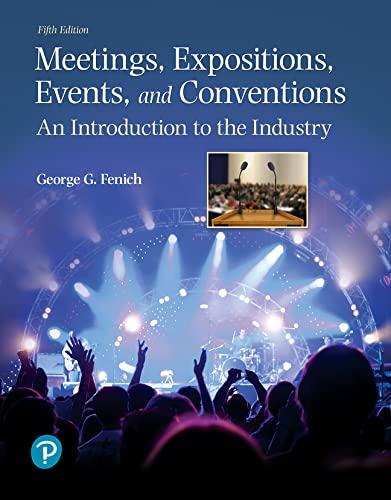Question
Q.1. a) Why is the sound grasp and understanding of agency theory instrumental to the practice of good corporate governance? Briefly discuss (10 marks) b)
Q.1. a) Why is the sound grasp and understanding of agency theory instrumental to the practice of good corporate governance? Briefly discuss (10 marks) b) Hikmain Investments Ltd is considering investing K100million in shares of a company listed on the Lusaka Stock Exchange, LUSE. The principal shareholder of Hikmain Investments Ltd is also an Executive Director of the company in which Hikmain wishes to invest shares. Critically assess the corporate governance issues that arise from this relationship and how they are likely to affect the purchase of shares in the listed company. (10 marks) Total 20 marks Q.2. Fireballs Limited has evaluated three capital investment projects with the following results: Details KMillions KMillions KMillions A B C Initial investment 10.0 14.8 19.0 Net present 6.0 8.4 11.5 The company has just started to consider Project D, the cashflows of which are as follows: Year Cash flow YEAR 0 1 2 3 4 KMillions (15.0) 5.0 10.0 12.0 8.0 a) With suitable illustrations and making as far as possible, assumptions that may be relevant, recommend the most value optimizing project, of the three projects A, B and C already evaluated. b) Briefly distinguish between the IRR and the Profitability Index Methods of investment appraisal (4 marks) c) From the information above: i. Calculate the NPV of project D assuming a cost of capital of 18% ii. Using the Profitability Index (PI) method of investment appraisal, advise Sithabile Ltd, the most value optimizing project between the available projects. (8 marks) d) When is it appropriate to use the following in appraising capital investment projects? i. The NPV method ii. The profitability Index iii. The IRR method iv. Discounted payback ( 8 marks) Total 20 marks Q3 Three Daisies Limited is a corporate entity that has been operating in Zambia for some time. The company has the following capital structure; Details K000 1 K1 Ordinary Shares 50,000 2 16% Redeemable Preference Shares of K1 each 10,000 3 16% Redeemable Debentures 25,000 4 17% Bank Loan 15,000 5 Total 100,000 Recently, the company decided to make a one in four rights issue to its shareholders to specifically achieve three things: a. Buy back all the 16% debentures at their current market value b. Buy back the 17% bank loan, and, c. Finance a new project with a life of eight years and a profitability index of 1.6. The present value of cash inflows for the project is currently projected to be K32 million Notes a. The redeemable instruments are all due for redemption at the end of ten years b. Ordinary shareholders require 25% as a return on investment c. Corporate tax is to be taken at 35%. d. The market value of the shares at the time of making the rights issue is projected to be K16 per share e. Values to be rounded up to the nearest K1,000 Required: a. Why has the buyback of financial instruments such as equity and debt instruments been a controversial issue for owners, corporate managers and others? Discuss (10 marks) b. Calculate the issue price per share (10 marks) c. The theoretical ex-rights price (10 marks) d. The value of the rights attached to each share before being traded ex-right (10 marks) e. Calculate the implied Weighted Average Cost of Capital (40 marks) Total 60 marks
Step by Step Solution
There are 3 Steps involved in it
Step: 1

Get Instant Access to Expert-Tailored Solutions
See step-by-step solutions with expert insights and AI powered tools for academic success
Step: 2

Step: 3

Ace Your Homework with AI
Get the answers you need in no time with our AI-driven, step-by-step assistance
Get Started


